[{'name': 'Test Item1',
'column_values': [{'title': 'col2', 'text': 'Oladimeji Olaolorun'},
{'title': 'col3', 'text': 'Working on it'},
{'title': 'col4', 'text': '2019-09-17'},
{'title': 'col5', 'text': '1'}],
'group': {'title': 'Group 1'}},
{'name': 'Test Item2',
'column_values': [{'title': 'col2', 'text': 'Lucie Phillips'},
{'title': 'col3', 'text': 'Done'},
{'title': 'col4', 'text': '2019-09-20'},
{'title': 'col5', 'text': '2'}],
'group': {'title': 'Group 1'}},
{'name': 'Test Item3',
'column_values': [{'title': 'col2', 'text': 'David Binns'},
{'title': 'col3', 'text': None},
{'title': 'col4', 'text': '2019-09-25'},
{'title': 'col5', 'text': '3'}],
'group': {'title': 'Group 1'}},
{'name': 'Item 4',
'column_values': [{'title': 'col2', 'text': 'Lucie Phillips'},
{'title': 'col3', 'text': 'Stuck'},
{'title': 'col4', 'text': '2019-09-06'},
{'title': 'col5', 'text': '4'}],
'group': {'title': 'Group 2'}},
{'name': 'Item 5',
'column_values': [{'title': 'col2', 'text': 'David Binns'},
{'title': 'col3', 'text': 'Done'},
{'title': 'col4', 'text': '2019-09-28'},
{'title': 'col5', 'text': '5'}],
'group': {'title': 'Group 2'}},
{'name': 'item 6',
'column_values': [{'title': 'col2', 'text': 'Lucie Phillips'},
{'title': 'col3', 'text': 'Done'},
{'title': 'col4', 'text': '2020-03-05'},
{'title': 'col5', 'text': '76'}],
'group': {'title': 'Group 2'}}]
I'm currently extracting data from Monday.com's API, my call returns the response above with a dict like above I'm trying to find the best method to flatten this dict into a Dataframe.
I'm currently using json_normalize(results['data']['boards'][0]['items']) when I seem to get the result below



